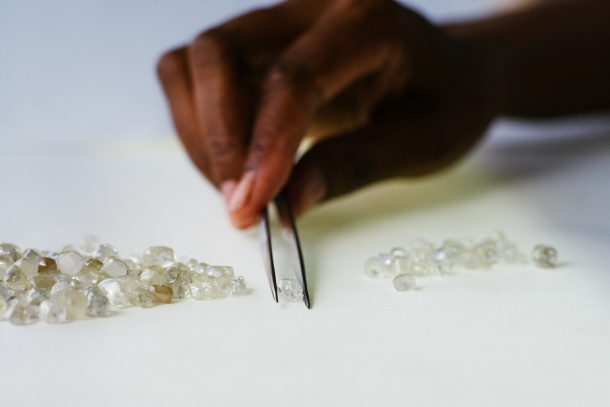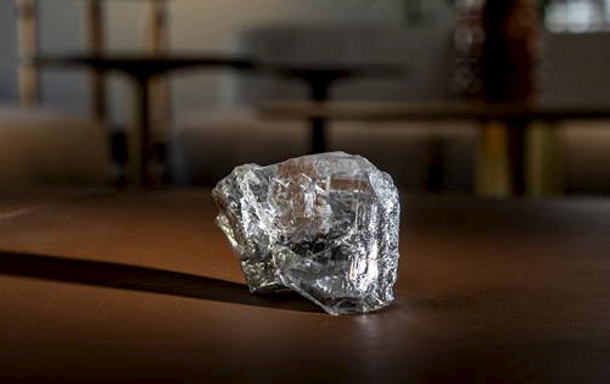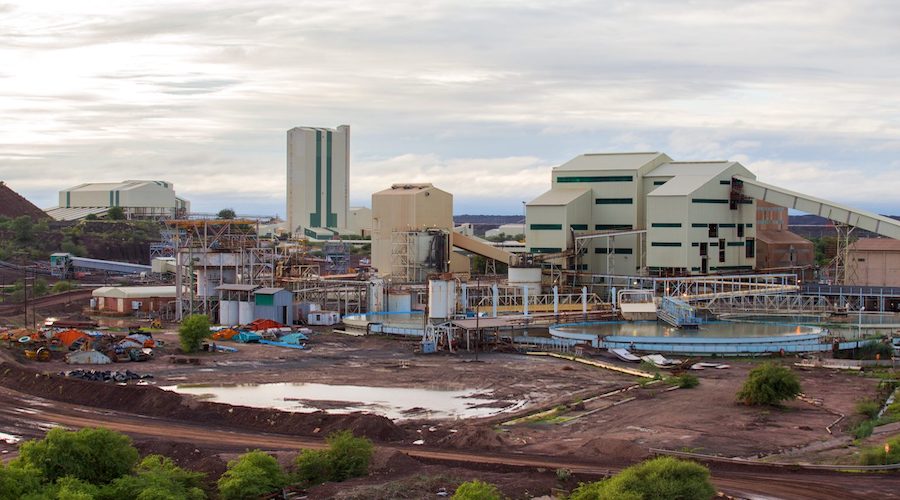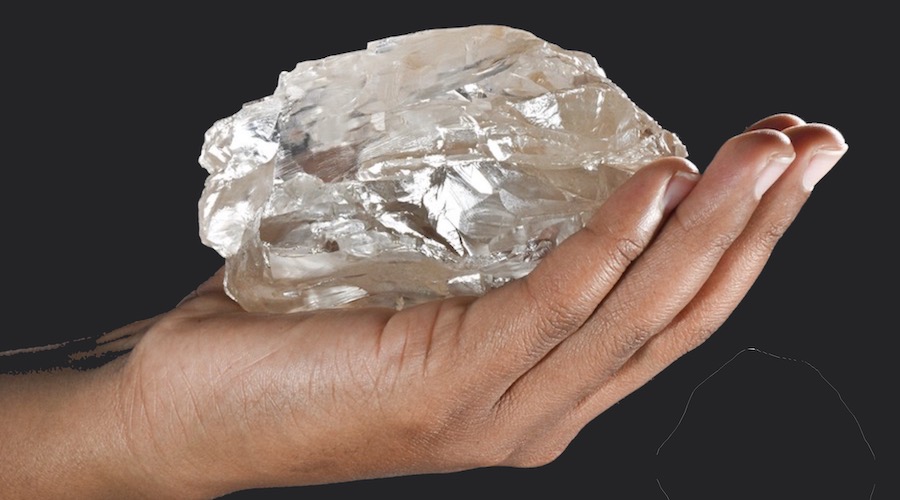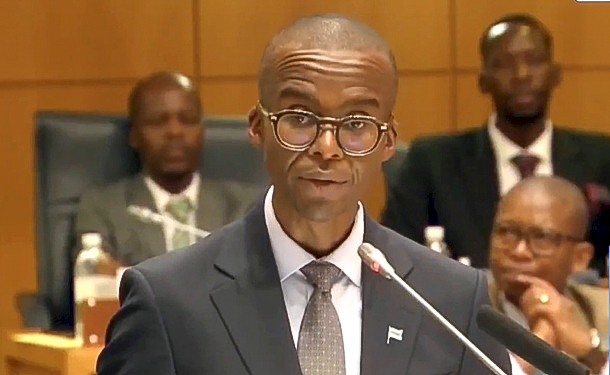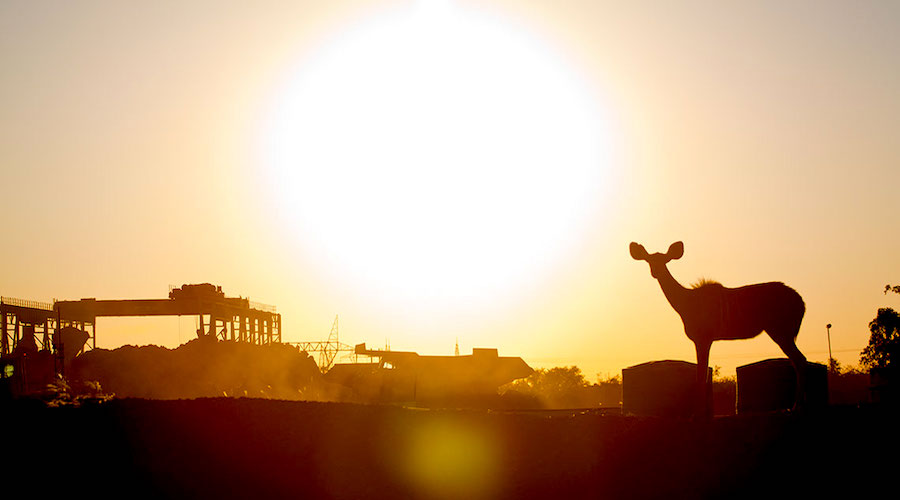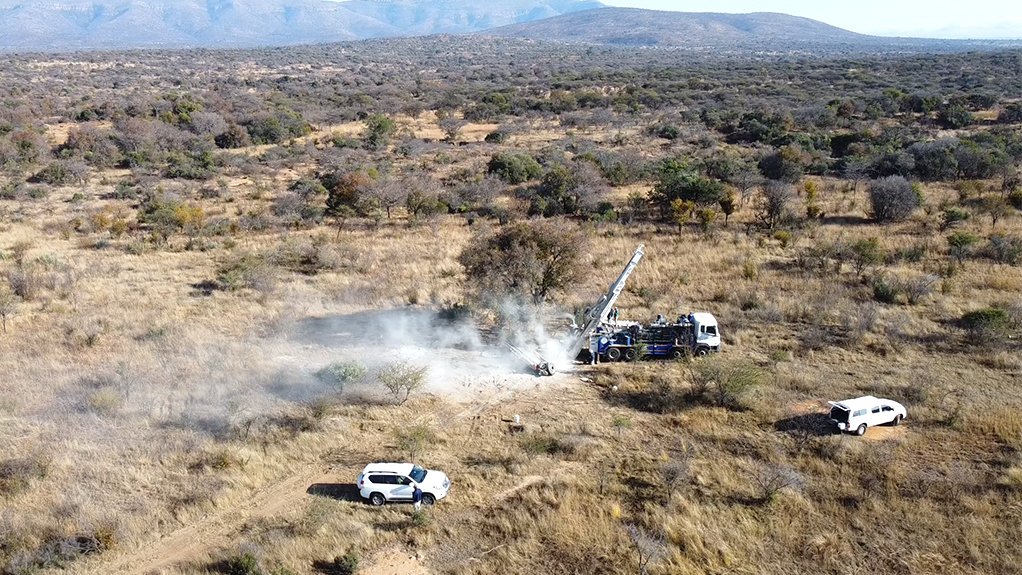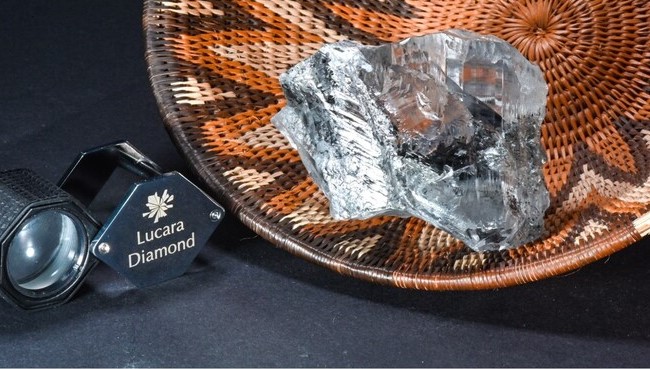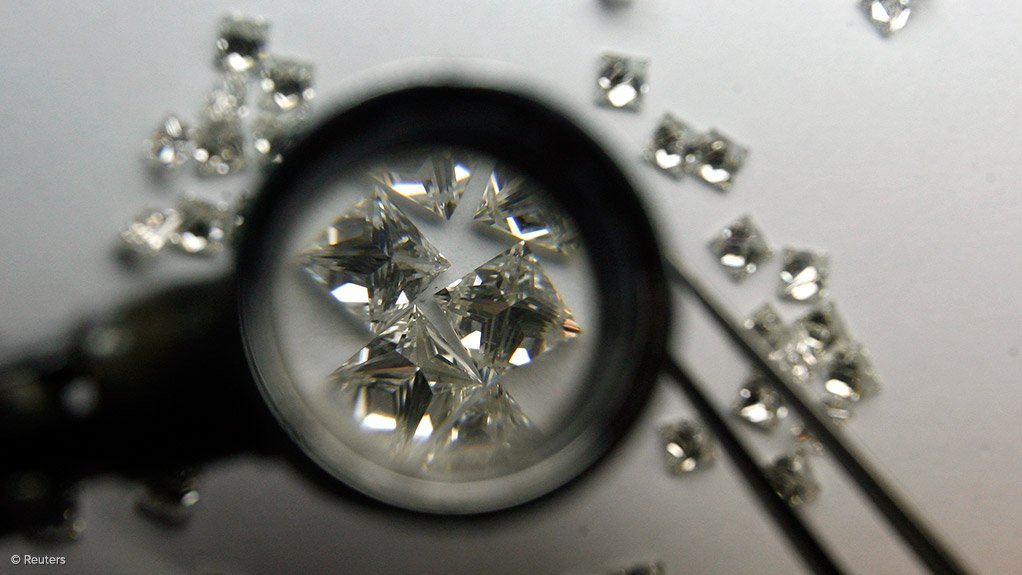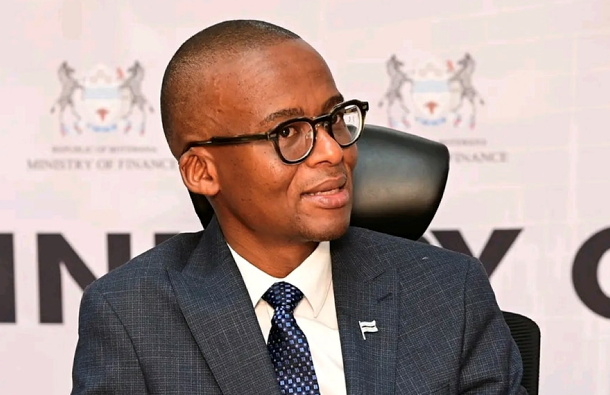
Botswana’s vice president says he’s confident that a new buyer will be found for De Beers by the end of the year – and he hinted that the government could substantially increase its own stake, currently 15 per cent.
Ndaba Gaolathe (pictured) said there were countries, funds and companies that all had a “deep interest” in acquiring the 85 per cent share being offered by Anglo American, and he said he was confident they were “on the right track”.
The UK-based miner is selling off De Beers, its diamond division, together with other assets, to focus on copper, its most profitable activity.
Anglo has written down the value of De Beers twice in just over a year, as sales slump and the company descends from profit to loss. It is now valued at $4.1bn, a fraction of the value when Anglo acquired overall control of the company in 2012.
Gaolathe, quoted by Bloomberg News yesterday (30 April) after an interview in Washington, USA, said the Botswana government could increase it take in De Beers (currently 15 per cent) to as much as 50 per cent.
Anglo is seeking to a sale or IPO of De Beers by the end of this year.
Source: IDEX

